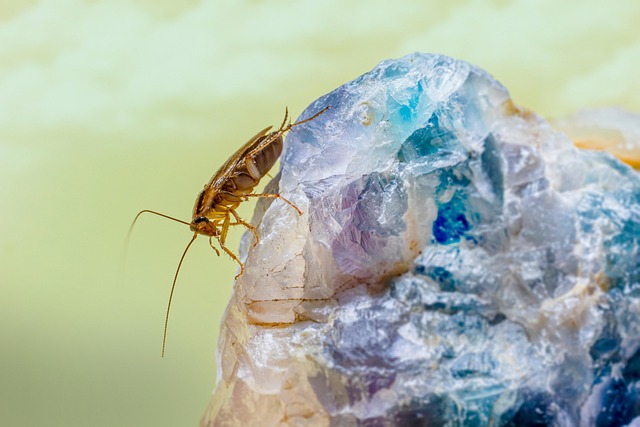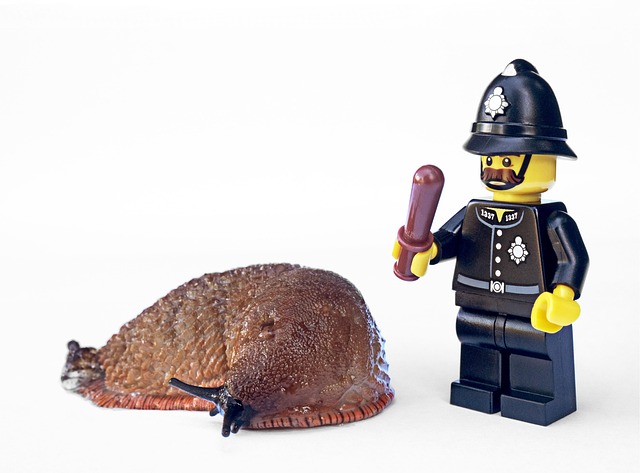Understanding spider behavior crucial for protecting your Centennial home from termites through effective pest control. Regular inspections, proactive measures like sealing entry points and reducing moisture, and eco-friendly treatments disrupt their life cycle or capture them. Severe infestations may require professional chemical treatments for quick, long-lasting protection against both spiders and termites.
Protecting your Centennial home from unwelcome spider visitors is crucial. Learn about different spider treatment methods to keep your space safe and comfortable. This article explores two primary approaches: understanding spider behavior and habitat, and employing non-chemical treatments for effective control. For severe infestations, chemical options are discussed, offering a comprehensive guide tailored to homeowners seeking to protect their Centennial abodes from these eight-legged intruders.
- Understanding Spider Behavior and Habitat
- Non-Chemical Treatments for Spider Control
- Chemical Options for Severe Spider Infestations
Understanding Spider Behavior and Habitat

Understanding spider behavior is key to effective pest control. Spiders are arachnids that thrive in dark, secluded spaces, often building intricate webs as both shelter and hunting tool. They are particularly drawn to areas with abundant prey or water sources, making attics, crawl spaces, and basements prime locations for infestation. In the context of protecting your Centennial home from termites with pest control, it’s crucial to identify these habitats. Regular inspections can help detect spider activity early, allowing for swift treatment that targets their hiding places without disturbing your home’s structure or causing environmental harm.
By knowing where spiders like to dwell and what attracts them, homeowners can take proactive measures. This includes sealing entry points, maintaining proper ventilation, and reducing moisture levels—all of which make your home less appealing to spiders. Remember, understanding their behavior is the first step towards effective pest control, ensuring a comfortable and secure living environment for you and your family.
Non-Chemical Treatments for Spider Control

Non-chemical treatments offer a more eco-friendly and safer approach to spider control, especially for homeowners looking to protect their Centennial homes from these eight-legged intruders. One effective method is heat treatment, which uses temperature extremes to eliminate spiders. This can involve heating affected areas to disrupt the spiders’ life cycle or using cold temperatures to stun and capture them.
Another popular non-chemical technique is sealing entry points. Spiders often find their way inside through small cracks and gaps in walls, windows, and doors. By sealing these openings with caulk or weatherstripping, you can significantly reduce spider infestations. Regular cleaning and maintaining a clutter-free environment also discourages spiders from making your home their next residence.
Chemical Options for Severe Spider Infestations

When dealing with severe spider infestations, chemical treatments offer effective solutions for protecting your Centennial home. Professional pest control services often employ a range of chemicals to combat arachnid problems. These options include powerful insecticides designed to eliminate spiders and their eggs, ensuring a comprehensive and rapid fix.
Termite protection is a key consideration when using these chemicals, as many products are specifically formulated to target termites while minimizing the impact on other pests, including beneficial insects. With proper application, these chemical treatments can provide long-lasting protection for your home, offering peace of mind and a safe environment free from spider incursions.
Protecting your Centennial home from unwanted spiders involves understanding their behavior and habitat, exploring non-chemical treatments like natural repellents and professional services, and considering chemical options as a last resort for severe infestations. By combining these strategies, you can effectively manage spider populations while ensuring the safety of your family and the environment, transforming your home into a comfortable and pest-free sanctuary.
